Higashiyama Botanical Garden in Nagoya offers a variety of natural beauty all year round, but its winter appearance is particularly attractive, and the following chapters provide a detailed account of how the garden looked when I visited in January 2024. We have tried to keep it detailed and inspiring, aimed at foreign readers interested in Japanese nature.
- 1.Progress of the construction of the Hoshigaoka Gate
- 2. the vitality of aucuba: the green glow of winter
- 3.The indomitable spirit of Dicranopteris
- 4. the beauty of sunlight filtering through the trees
- 5. The ecological link with Quercus
- 6. Winter dandelion: meeting the sun
- 7. clover: the little brave soul that defies the cold
- 8. plum buds: a sign of spring in Japan
1.Progress of the construction of the Hoshigaoka Gate
The Hoshigaoka Gate, which is currently being renovated, plays an important role as the entrance to the Higashiyama Botanical Garden. The new gate will be designed with respect for nature and will be the new face that welcomes visitors.
2. the vitality of aucuba: the green glow of winter
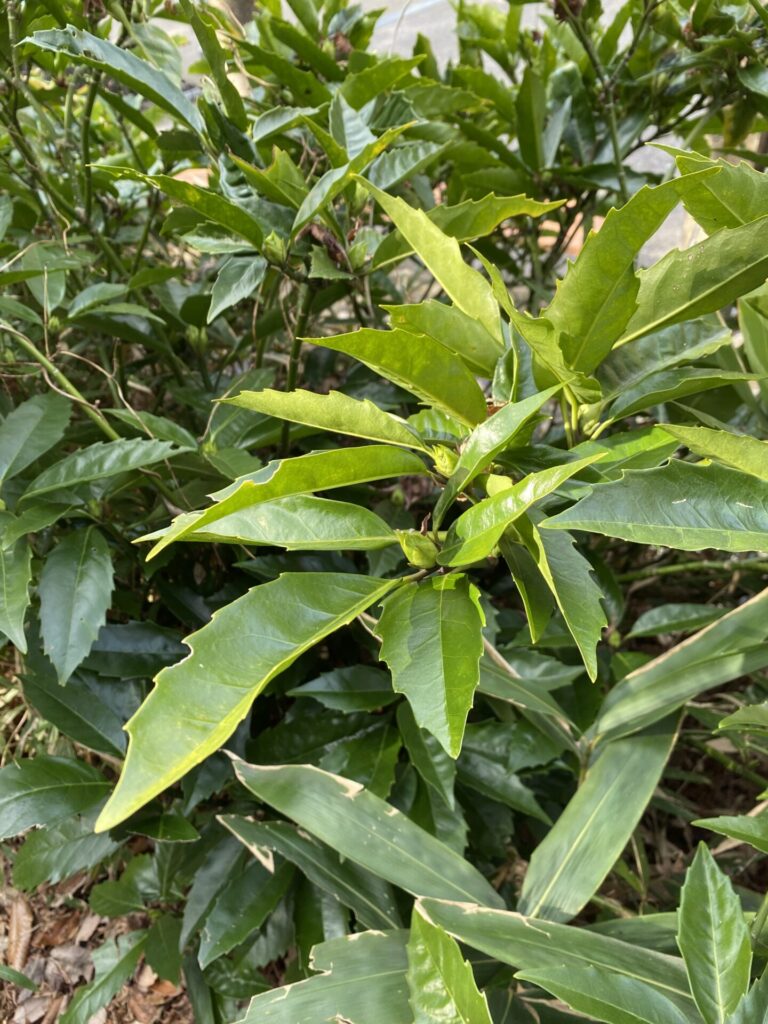
Aucuba is an evergreen shrub with shiny dark green leaves. It retains its colour throughout the winter, bringing life to the park even in the coldest months. Its vitality makes it an important part of the winter botanical garden.
3.The indomitable spirit of Dicranopteris
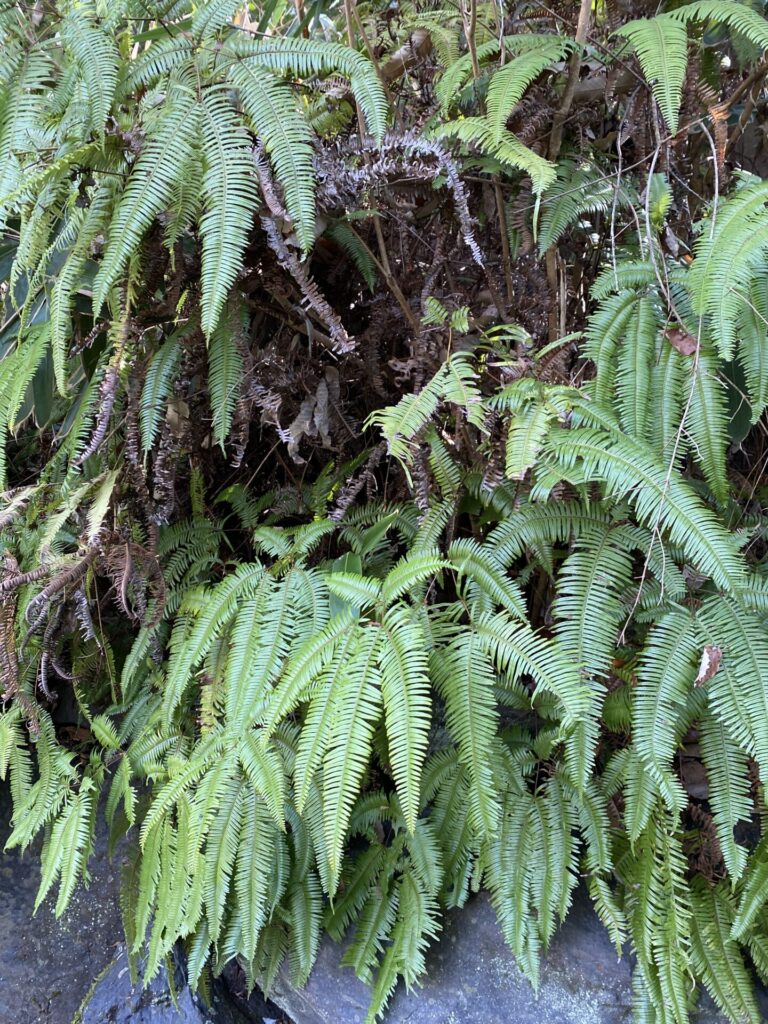
Dicranopteris is a fern characterised by its delicate foliage and its ability to withstand harsh winter conditions. Its unflappability in cold weather symbolises the resilience of nature.
4. the beauty of sunlight filtering through the trees
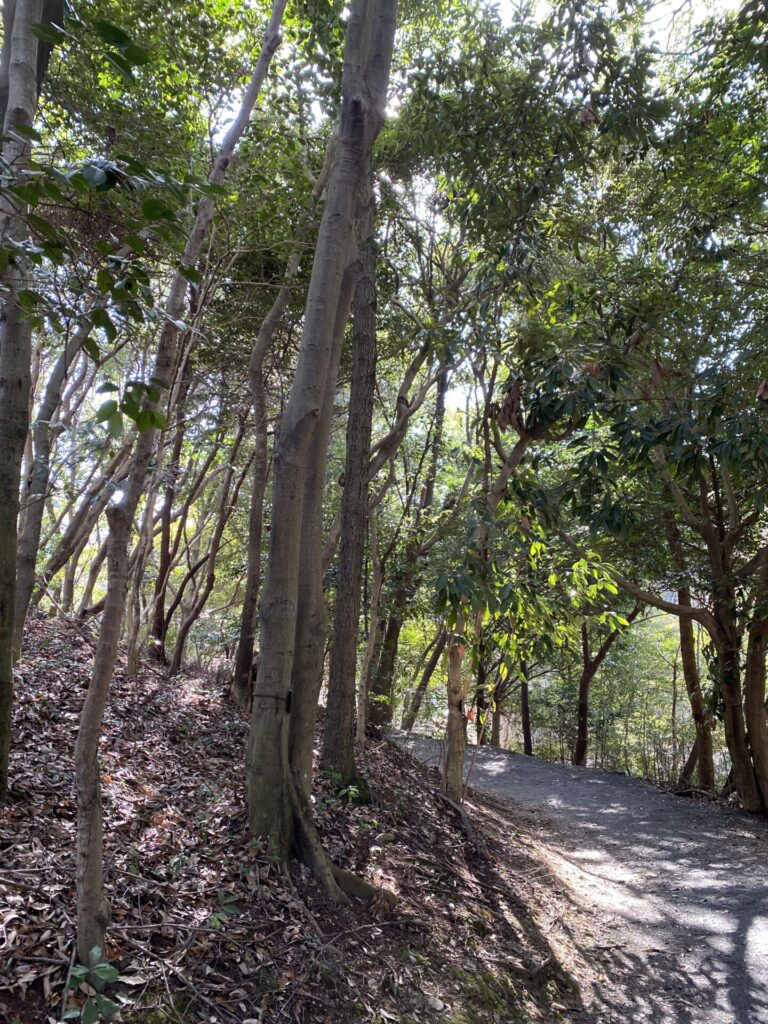

The low winter sun shining through the trees transforms the park into a fantastic sight. Its soft light is an attractive element that enhances the tranquillity and natural beauty of the botanical garden.
5. The ecological link with Quercus
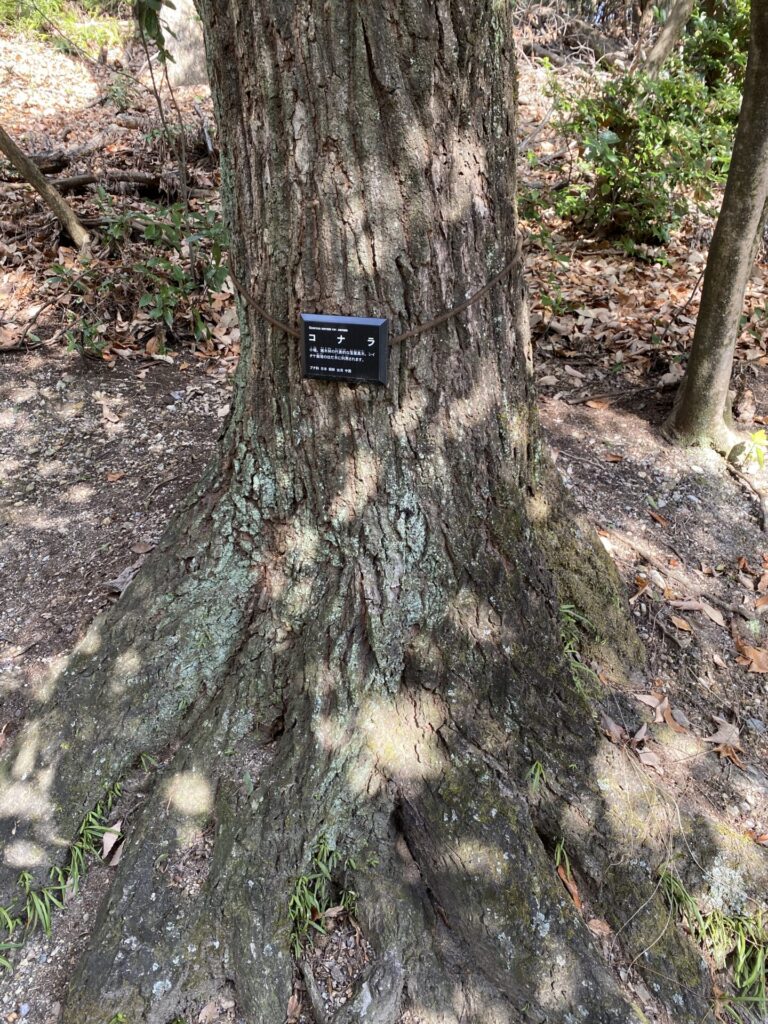
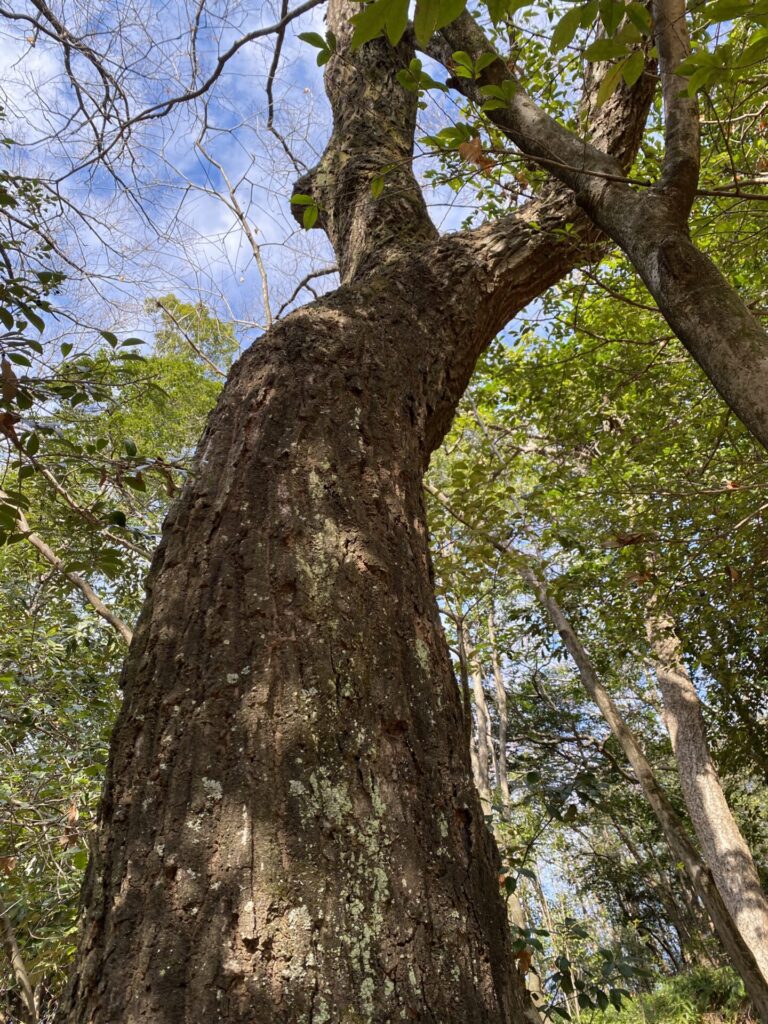
The Quercus (oak) anchors the corner of the botanical garden with its imposing shape. The appearance of its branches during the deciduous season evokes the strength of nature in winter and, through its interrelationship with insects, forms an important part of the ecosystem.
6. Winter dandelion: meeting the sun
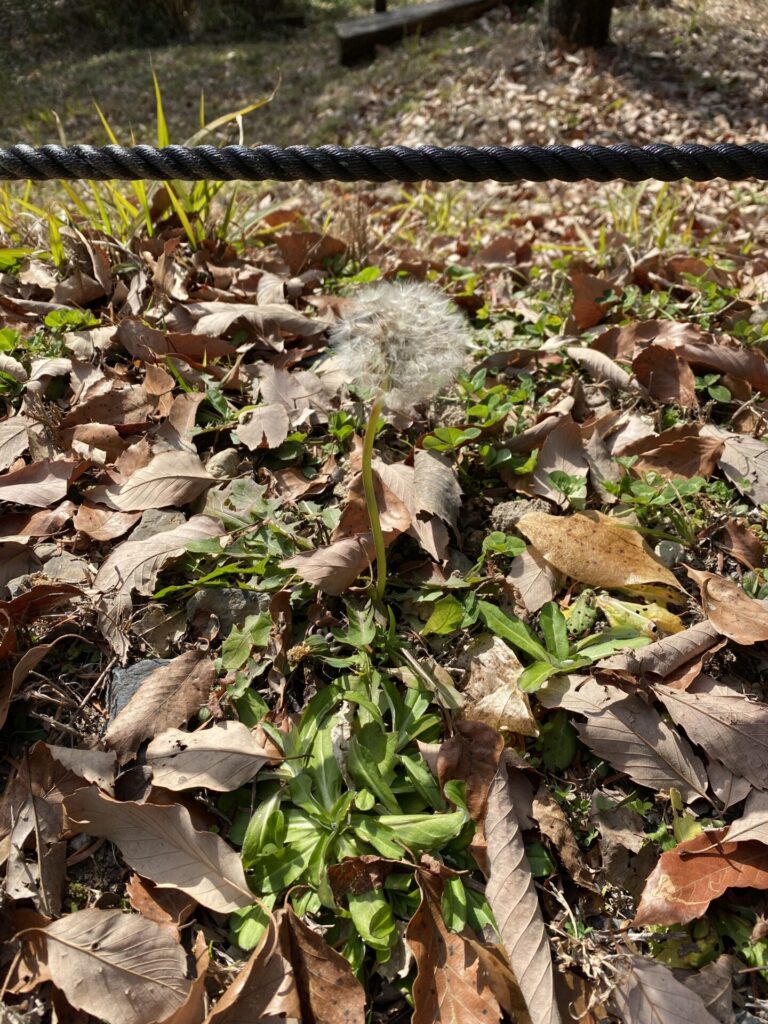
Even in winter, the dandelion is gathering strength for spring, with its small leaves unfurled and bathed in sunlight. Its appearance symbolises the continuity of life in nature.
7. clover: the little brave soul that defies the cold

The clover is also small but strong in the face of the winter cold. Its small appearance is a testimony to its strong vitality in nature.
8. plum buds: a sign of spring in Japan
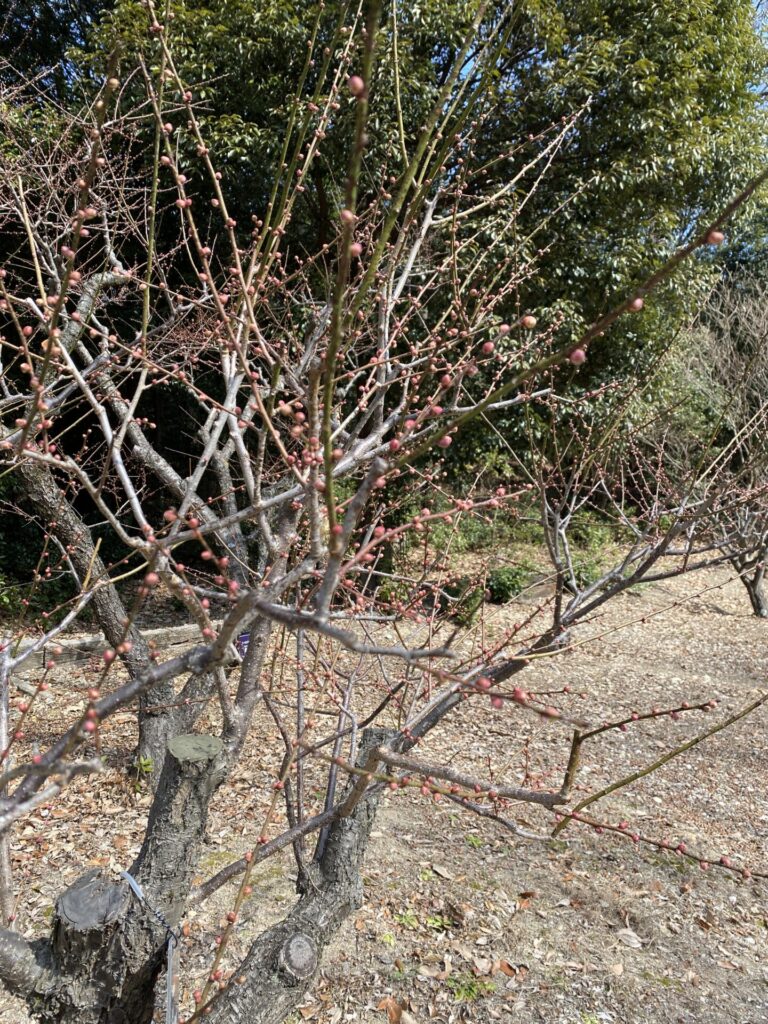
Towards the end of winter, the buds of the plum tree begin to swell. The buds of the plum tree gradually begin to swell towards the end of winter, signalling the arrival of spring. The historical and cultural significance of the plum tree as part of Japan’s natural landscape is very important.
Through these chapters, we hope to convey the beauty of nature in winter at the Higashiyama Botanical Garden in Nagoya and the strength of life that lives there. We hope that readers will enjoy the unchanging beauty of nature and the unique winter appearance of plants as the seasons change.



コメント